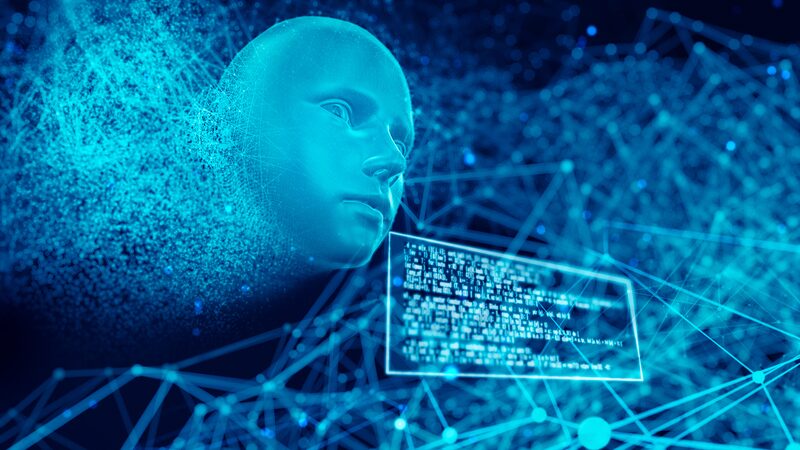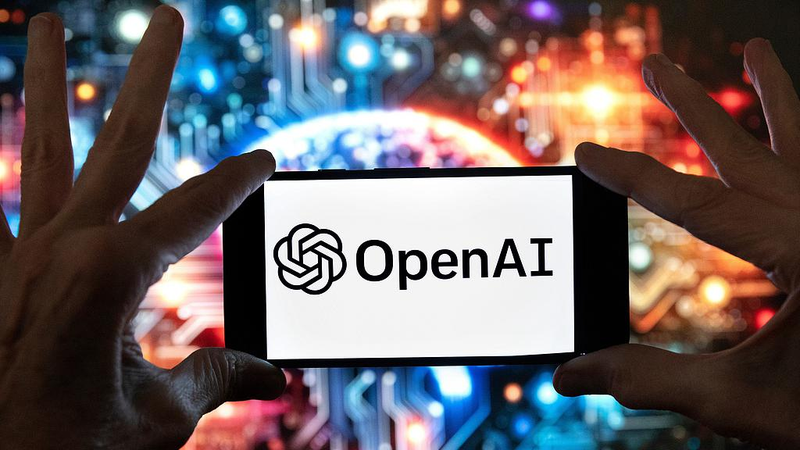Despite summer vacation vibes, Liu Xiaofeng and his squad at Hohai University in Jiangsu Province are pulling all-nighters in the lab. Why? They're crafting humanoid robots that can pull off human-like facial expressions! 😲
Imagine robots that don't just beep and boop but can actually smile, frown, or look surprised! Liu's team is all about bridging that emotional gap between humans and machines. They've cooked up a new algorithm that helps robots make facial expressions using something called \"action units\" (AUs).
On July 2, big news hit the tech world. The China Association of Science and Technology ranked research on emotionally intelligent digital humans and robots as the top cutting-edge scientific issue for 2024. Talk about futuristic! 🚀
That same day, Liu's team dropped their groundbreaking research in the IEEE Transactions on Robotics journal. They introduced a cool two-stage method that lets robots show off rich and natural facial expressions.
\"Humanoid robots usually have a hard time mimicking the complex facial expressions we humans have, which can make interactions kinda awkward,\" Liu said. \"So, we developed a method to help our robot show nuanced expressions guided by action units.\"
First, they generate detailed facial expression images for the robot. Then, they bring those expressions to life by giving the robot more freedom in facial movements. It's like teaching a robot to act! 🎭
Ni Rongrong from Changzhou University, a co-author of the paper, broke it down further. \"People are used to 'digital humans' and virtual influencers that can show a ton of expressions,\" she said. \"But for real-life robots, it's trickier because they're limited by hardware like the number of motors.\"
Their previous robot had only nine micro motors under its \"skin,\" way less than the dozens of muscles in a human face. So, they got creative and divided those nine motors into 17 action units to make expressions smoother and more varied.
\"Next up, we're planning to increase the number of facial AUs so our robot can have even more delicate expressions,\" Liu shared with a grin. 😃
He believes that as robots get better at showing emotions, they'll become common in places like nursing homes, kindergartens, and special education schools. \"These humanoid robots won't just help us with tasks; they'll also bring emotional value,\" Liu said. \"Imagine a robot that can comfort you when you're sad or celebrate with you when you're happy!\" 🤖❤️
Reference(s):
China develops humanoid robots with realistic facial expression
cgtn.com




